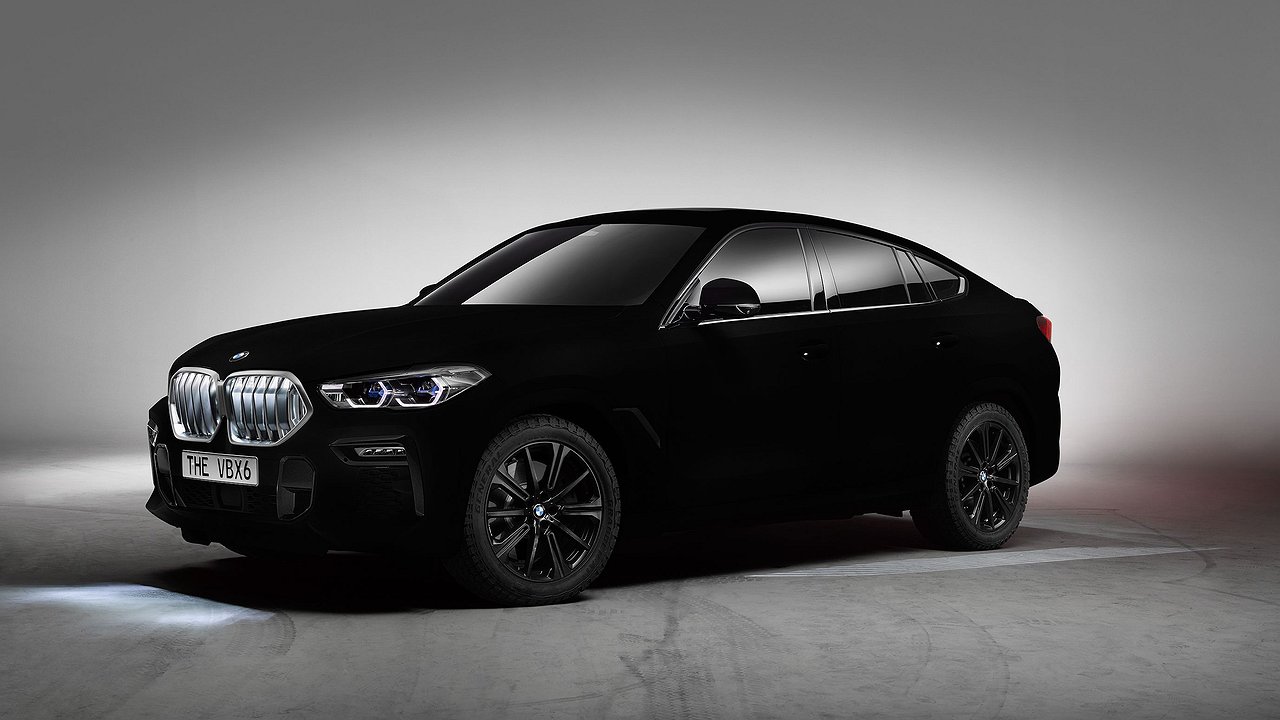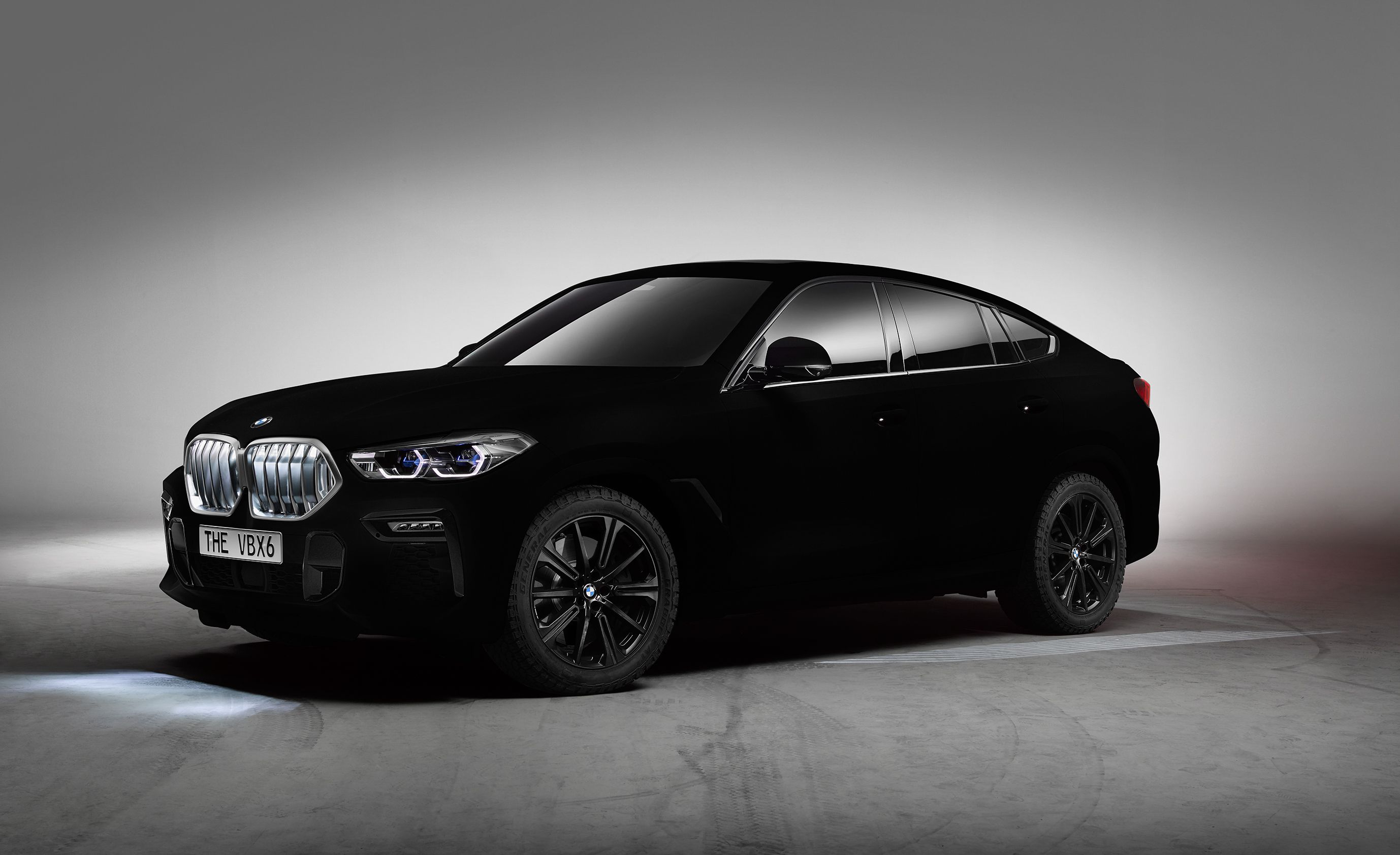New body paint can replace the air conditioning
- July 20, 2023
- 0
Innovative experimental paint, created by scientists at Purdue University, entered the Guinness Book of Records as “The Whitest Paint” on planet Earth. This coating reflects 98% of the
Innovative experimental paint, created by scientists at Purdue University, entered the Guinness Book of Records as “The Whitest Paint” on planet Earth. This coating reflects 98% of the


While developing the whitest paint in history, mechanical engineering professor Xiulin Ruan claimed no mention in the Guinness Book of Records. He had a higher goal: to cool buildings against the background of global warming. And in 2020, Rouen’s team presented their creation: a type of white paint based on barium sulfate, capable of reflecting up to 95% of the sun’s rays that fall on it. And recently, scientists announced an even more powerful formula that increased reflectivity by up to 98%.
The properties of the paint are almost “superhero”. On a sunny afternoon, it makes the painted surface 8 degrees Fahrenheit cooler than the surrounding air. In degrees Celsius, it doesn’t seem like much – only 0.23 degrees. But the problem is the beginning. Plus, cooling is twice as effective at night – down to 19°F. For homes, we can talk about reducing the need for air conditioning by as much as 40%.
According to dr. Ruan feels the painted surface cool even under the scorching sun. In addition, unlike air conditioners, paint does not require energy and does not heat the outside air. Initially, the product was intended, we repeat, for roofs, but now car manufacturers are also interested in it. Based on a commercial proposal, Ruan and his team even created a lighter version of the helmet that could reflect heat from vehicles. It is not yet entirely clear when this substance will appear on cars. But Rouen is already working on barium sulfate-based paints in different colours. They won’t be as effective as the white version, but will still get better reflectivity.
By the way, a few years ago, Purdue University introduced Vantablack, an innovative matte black paint that smoothes out details to an almost two-dimensional look. In 2019, the BMW Group effectively took advantage of this by showing a disguised new X6 coating at the Frankfurt Salon in a dark hall with ultraviolet and neon lighting, which has since been known as the blackest car in the world.
Here you might think that home economics is hopelessly behind western science. This is only partly true. Promising developments, also in the automotive field, occur periodically. For example, an improved aluminum-calcium alloy (Al-Ca-Ni-Mn systems), ideal for the production of more sustainable car engines.
The authors who patented the invention, scientists from the University of Science and Technology MISIS, are convinced that thanks to the unique characteristics of the new alloy, it is possible to significantly improve welded cast structures and components of aircraft, instrumentation in the aerospace industry, parts for shipbuilding and, of course, to be used with might and main in the automotive industry, where increased corrosion resistance is required. The new alloy is easy to manufacture and its production will require much less financial and labor costs compared to traditional alloys.
– High solidification temperatures and the absence of low-melting phases provide increased heat resistance of such alloys compared to silumins. This property makes it possible to produce stronger and more durable pistons for internal combustion engines,” explains the author of the patent Evgenia Naumova, associate professor of the department of metal forming, NUST MISIS, to the AvtoVzglyad portal.
Another thing is how soon such know-how will be of interest to domestic automakers? Unfortunately, nowadays they don’t have to think about innovation, but only about survival. It’s a pity that science doesn’t like to wait. And with its lack of demand on whereabouts, we already know it’s rapidly changing location and potential customers.
While developing the whitest paint in history, mechanical engineering professor Xiulin Ruan claimed no mention in the Guinness Book of Records. He had a higher goal: to cool buildings against the background of global warming. And in 2020, Rouen’s team presented their creation: a type of white paint based on barium sulfate, capable of reflecting up to 95% of the sun’s rays that fall on it. And recently, scientists announced an even more powerful formula that increased reflectivity by up to 98%.
The properties of the paint are almost “superhero”. On a sunny afternoon, it makes the painted surface 8 degrees Fahrenheit cooler than the surrounding air. In degrees Celsius, it doesn’t seem like much – only 0.23 degrees. But the problem is the beginning. Plus, cooling is twice as effective at night – down to 19°F. For homes, we can talk about reducing the need for air conditioning by as much as 40%.
According to dr. Ruan feels the painted surface cool even under the scorching sun. In addition, unlike air conditioners, paint does not require energy and does not heat the outside air. Initially, the product was intended, we repeat, for roofs, but now car manufacturers are also interested in it. Based on a commercial proposal, Ruan and his team even created a lighter version of the helmet that could reflect heat from vehicles. It is not yet entirely clear when this substance will appear on cars. But Rouen is already working on barium sulfate-based paints in different colours. They won’t be as effective as the white version, but will still get better reflectivity.
By the way, a few years ago, Purdue University introduced Vantablack, an innovative matte black paint that smoothes out details to an almost two-dimensional look. In 2019, the BMW Group effectively took advantage of this by showing a disguised new X6 coating at the Frankfurt Salon in a dark hall with ultraviolet and neon lighting, which has since been known as the blackest car in the world.
Here you might think that home economics is hopelessly behind western science. This is only partly true. Promising developments, also in the automotive field, occur periodically. For example, an improved aluminum-calcium alloy (Al-Ca-Ni-Mn systems), ideal for the production of more sustainable car engines.
The authors who patented the invention, scientists from the University of Science and Technology MISIS, are convinced that thanks to the unique characteristics of the new alloy, it is possible to significantly improve welded cast structures and components of aircraft, instrumentation in the aerospace industry, parts for shipbuilding and, of course, to be used with might and main in the automotive industry, where increased corrosion resistance is required. The new alloy is easy to manufacture and its production will require much less financial and labor costs compared to traditional alloys.
– High solidification temperatures and the absence of low-melting phases provide increased heat resistance of such alloys compared to silumins. This property makes it possible to produce stronger and more durable pistons for internal combustion engines,” explains the author of the patent Evgenia Naumova, associate professor of the department of metal forming, NUST MISIS, to the AvtoVzglyad portal.
Another thing is how soon such know-how will be of interest to domestic automakers? Unfortunately, nowadays they don’t have to think about innovation, but only about survival. It’s a pity that science doesn’t like to wait. And with its lack of demand on whereabouts, we already know it’s rapidly changing location and potential customers.
Source: Avto Vzglyad
Donald Salinas is an experienced automobile journalist and writer for Div Bracket. He brings his readers the latest news and developments from the world of automobiles, offering a unique and knowledgeable perspective on the latest trends and innovations in the automotive industry.